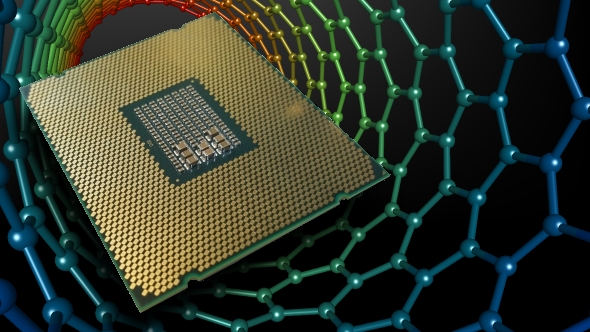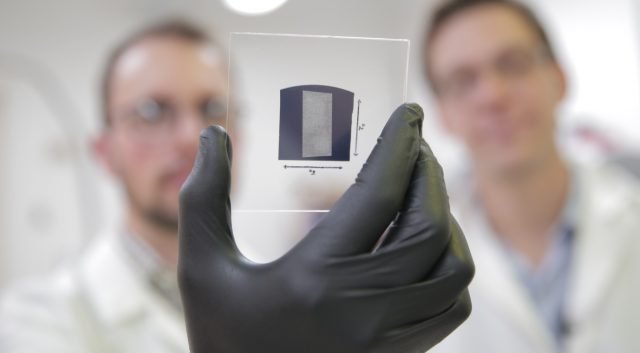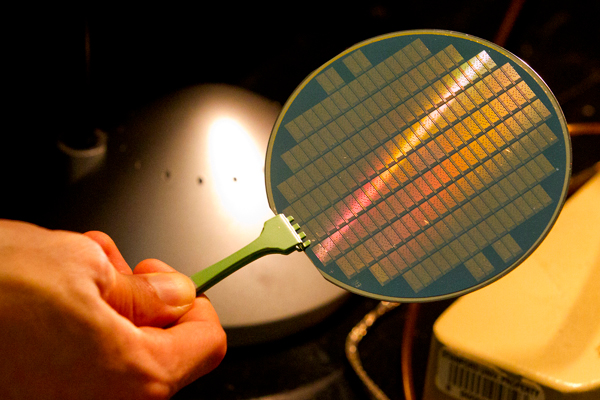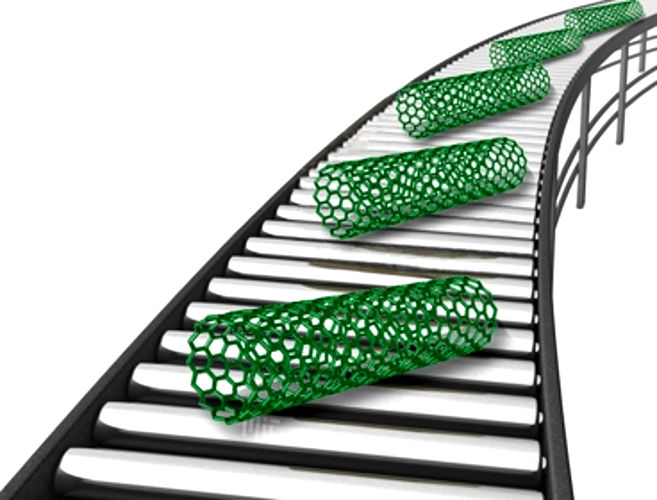
OK, most of us know what a chip is, and no, not a chip of wood or a chip of the old block, but an electrical chip, we use them everyday from PC's and Laptops to your toaster and the FOB to turn your car alarm off. They are everywhere.
In this Blog, I will discuss what a chip is, the problems and the future of chip design.
In the mid 60's, a chap called Gordon Moore observed that on a chip the transistor count will double each year per square inch, making the chips more powerful and faster. This became known as Moore's Law. The time that the transistor count increased to 18 months and it currently stands at 2 years.
A transistor in the chip is basically a semiconductor switch, which is either off or on, 0 or 1, called binary. And these transistors are incredibly small, so small in fact that they are only a few times larger than a strand on DNA. This measurement is in nanometres. A strand of DNA is 2.5nm, current high end CPU chips have a transistor size of 14nm, (you can find more about AMD CPU Specs).
The problem is that Moore's law is closing in and coming to an abrupt halt unless we change the materials we use and how chips are designed.
The reason for this is called Quantum Tunnelling. If a transistor gets any smaller than 6-7nm, the particles of electrons will be able to move freely to be either on or off, making the transistor useless.
In laymen's terms, the Electrons in the transistor can jump to the off position even if its told to be on. This would cause the chip to not function properly, if at all.
Fortunately, the silicone chips that is in every chip made so far can soon look like a battery next to a nuclear power plant. This is all in part thanks to Carbon Nanotubes(CNT).
Silicone chips are 2 dimensional, flat, with CNT's we could soon have a multi layered chip but with huge amounts of power. CNT's are so much smaller than current transistor sizes, this would mean we could fit more transistors in the same amount of space on a flat chip, but with it being multi layered, that same chip could be more powerful than some of the largest super computers.
In 2015, IBM created the first CNT transistors that could out perform even the best off the shelf CPU like an AMD threadripper or Intel i7-8700k. (You can read more on Phys.org)

Image Source
Moving forward to 2017 IBM researcher Dr. Tulevski, published a new report on Nature Nanotechnology (you can find it here) that they have now successfully achieved a clock frequency of 2.8Ghrz on a logic integrated circuits, and ”The circuit was built on solution-processed, self-assembled carbon nanotube arrays with over 99.9% semiconducting purity "
So what does this mean for the future?
as with any new technology, it has to undergo a lot of testing, different designs made to determine what works and what doesn't, and with Carbon nanotubes, the biggest hurdle is how to mass produce them while maintaining the required properties of a Semiconductor. Fortunately as of September 2017, that may not be the case any more.
Researchers at the Madison Institute have a new method for mass producing CNT's (Read the paper here). Basically, they produce a sheet of 1 atom thick carbon and then roll it into a tube. That tube size can be manipulated from 1nm, they can make it larger or smaller, but this is just a proof of concept. Large scale mass production like what we see today with silicone chips could be achieved as early as 2020 – 2025.
This 'New' way of making 3 dimensional/multi layered chips could drastically improve the speed and performance of computing power.
Imagine a high end Gaming PC that can play games in ultra realistic graphics in 4k, compressed into your smart phone. Scientific research could move much faster, Logistics, weather predictions. Memory will be faster, graphics cards will be better, storage would be available in petabytes for your laptop, networking would be unbelievably quick.... the list goes on.
The possibilities are endless, all thanks to a little tube of carbon atoms.
Thanks for reading.

Stu @TechMojo



Moores law is still in effect :) nice article.
Downvoting a post can decrease pending rewards and make it less visible. Common reasons:
Submit
thanks buddy.
Downvoting a post can decrease pending rewards and make it less visible. Common reasons:
Submit
Upvoted, very interesting post!! And what about graphene?
Downvoting a post can decrease pending rewards and make it less visible. Common reasons:
Submit
I love articles about innovative concepts, great work! You got my follow :D
Downvoting a post can decrease pending rewards and make it less visible. Common reasons:
Submit
thank you.
Downvoting a post can decrease pending rewards and make it less visible. Common reasons:
Submit
Amazing post!!! You are creative ...I have followed you and upvoted your post...thank you ;)
Downvoting a post can decrease pending rewards and make it less visible. Common reasons:
Submit
cheers buddy.
Downvoting a post can decrease pending rewards and make it less visible. Common reasons:
Submit
This post has received a 38.67 % upvote from @upgoater thanks to: @techmojo.
Downvoting a post can decrease pending rewards and make it less visible. Common reasons:
Submit